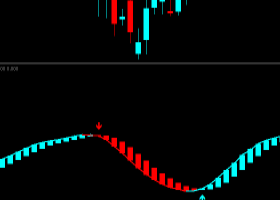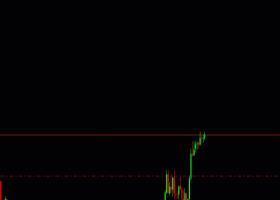1. No more franc peg!
In a surprising turn of events, the SNB announced that it would no longer defend the EUR/CHF floor at 1.2000, which was put in place back in September 2011. At that time, the aftermath of the euro zone debt crisis led to stronger demand for the Swiss franc, which appeared to be the safer European currency back then. However, the SNB was keen to prevent excessive franc appreciation, as this weighed on the country’s exports and brought in the possibility of deflation.
In the past few years, SNB head Jordan has been reiterating that they would do whatever it takes to keep the franc from rallying too much, even as critics already pointed out that it was already becoming too expensive for the central bank to do so. After all, they’d need to keep selling francs and buying massive amounts of foreign currency in exchange, which hasn’t been doing their balance sheet any favors. I guess you could say that the SNB was really bound to ditch the franc peg at some point!
2. Deposit rates slashed from -0.25% to -0.75%
As though their decision to scrap the franc cap wasn’t shocking enough, the SNB also announced another reduction in their deposit rates from -0.25% to -0.75%. What’s particularly surprising about this was that the SNB didn’t actually have a monetary policy statement scheduled for this week at all!
However, SNB Chairman Jordan emphasized that these decisions were well thought-out, as the impact of negative deposit rates would somehow counteract the franc’s appreciation. While the Swissy’s rally could result to even weaker inflationary pressures, lower deposit rates could wind up spurring increased lending and investment, which could eventually support growth and inflation.
3. SNB anticipating ECB quantitative easing?
Market analysts say that the anticipation of actual quantitative easing from the ECB next week explains why the SNB scrambled to take action with an emergency policy statement this week. Come to think about it, if the ECB does implement QE, it would be much more costly for the SNB to maintain its EUR/CHF peg!
You see, if the ECB decides to print more euros to shore up liquidity and boost inflation in the euro zone, the shared currency would be under heavier selling pressure against its counterparts and its value would drop once more. With that, the SNB would have to buy even more euros just to be able to keep EUR/CHF steady at 1.2000 – something that they can no longer afford to do.
4. $100 billion loss in Swiss stock market
If you think that the EUR/CHF’s bloodbath was bad enough, then you should know that the Swiss stock market suffered a nasty $100 billion loss right after the SNB announcement. As it turns out, the sudden surge in volatility triggered panic in the equity market and caused investors to sell most of their stock holdings.
The Swiss Market index chalked up its worst one-day decline since 1998, as shares of several large Swiss companies ended with double-digit percentage losses. Stocks of watchmaker Swatch Group marked a 15% loss for the day, prompting its chief executive to call the SNB decision a “tsunami” for the entire country.
5. Further SNB intervention expected?
At the end of the day, SNB officials still decided to keep market watchers on their toes by hinting that further intervention moves are still possible. According to the official statement, the SNB indicated that it would continue to monitor exchange rate moves and that it would remain active in the forex market to influence monetary conditions.
Some analysts took this to mean that the Swiss central bank would explore unconventional measures in keeping the franc undervalued. Although the SNB mentioned that the Swiss economy has already benefitted from the franc peg, many believe that the central bank might implement smaller-scale interventions or resort to jawboning in order to manage exchange rate levels.


